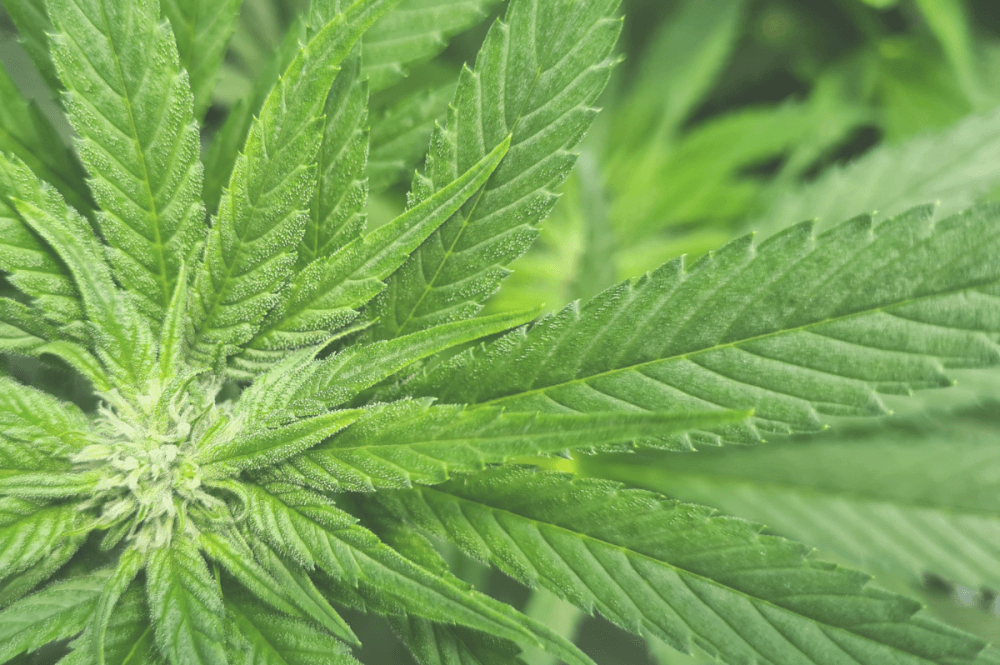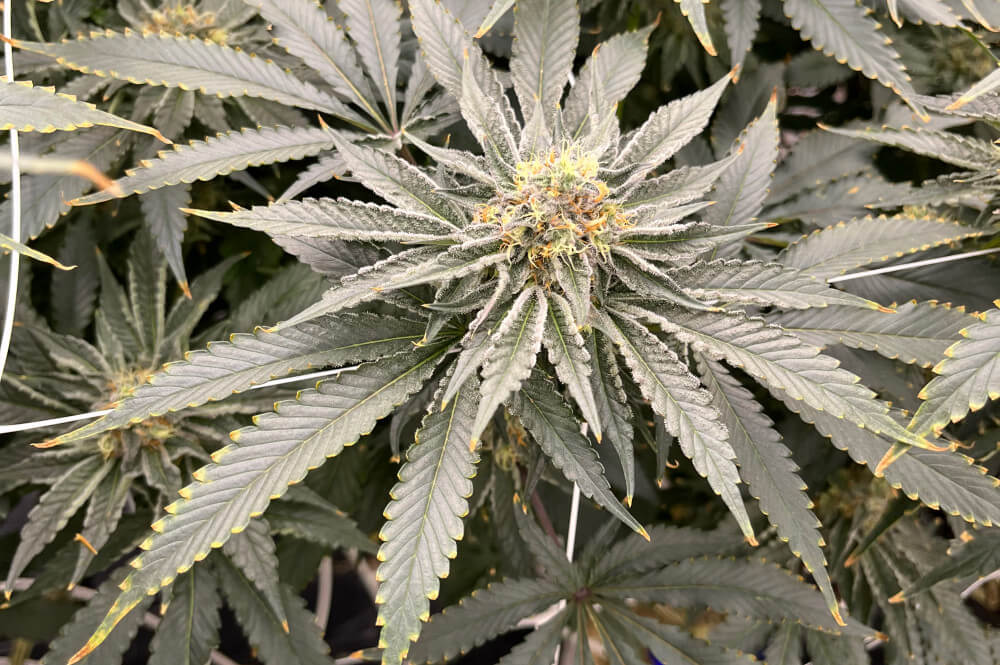
Understanding and Mitigating Channeling in Stone Wool Substrate
26 September 2023
Stone wool substrate has gained popularity in horticulture due to its excellent water retention and air porosity characteristics, which are essential for healthy plant growth. However, one common issue that growers often encounter when using stone wool is channeling. Channeling refers to the inefficient distribution of water and nutrients within the substrate. In this article, we will explore what channeling is, what typically happens when it occurs, how to identify its signs, and discuss methods to prevent it. We will also delve into why some stone wool products are more prone to channeling than others and explore the role of binders and wetting agents. Finally, we will touch upon the importance of choosing the right irrigation system to avoid channeling.
What is channeling?
So, what is Channeling? It is a phenomenon where water and nutrients fail to evenly disperse throughout the stone wool product, leading to uneven moisture distribution. It occurs when water finds paths within the substrate, which are least resistant, typically forming channels through the substrate rather than saturating it uniformly.
When occurs, channeling can have several negative consequences that can affect plant health and crop yield. These include uneven plant growth, nutrient imbalance, and root stress. For instance, when growing in slabs, the plants situated near those water channels created will receive more water and nutrients than those in drier areas, leading to uneven growth and potentially reduced yields, due to nutrient imbalances as some areas receive an excess while others suffer from deficiencies. Moreover, not only in slabs but also in blocks, the roots in areas with poor moisture levels may become stressed and eventually even die, which of course, would have influenced the overall plant health and yield.

How to notice channeling
Do you worry you are possibly dealing with channeling in your stone wool? For instance, do you have excess rooting coming out from the bottom of the block and yet very little roots in the block itself? This could be caused by channeling. There are several signs of channeling; dry spots, stunted growth, nutrient deficiencies, and uneven drainage. As it was mentioned before, uneven moisture levels created by channeling will result in dry spots within the product. These will be visible in areas where the stone wool feels noticeably drier than the rest. As for uneven plant growth, a grower can notice some plants thriving while others struggle. Look for symptoms such as yellowing leaves or poor development, which may indicate nutrient imbalances. In addition, measuring the drain can be of help; Water may drain too quickly in some areas while pooling in others, creating uneven saturation. All aspects mentioned are clear indicators of channeling.
What you can do about it
To combat channeling, it is essential to make efficient use of the entire stone wool product, not just the bottom third. Distribute water and nutrients evenly throughout the substrate to promote uniform plant growth. This can be achieved through proper irrigation techniques and management, as well as a thoughtful choice of the stone wool brand and products. Let us investigate each of these points separately;
Binders and wetting agents
Why do some stone wool products channel more than others? The propensity for channeling in stone wool substrates can vary depending on the product's characteristics. Two key quality factors to consider are binders and wetting agents. Some stone wool products contain binders that can restrict water movement. Products with excessive binders may be more prone to channeling. As for the wetting agents, their presence and type in stone wool can affect the products’ water distribution, especially important at the first initial saturation. As such, high-quality wetting agents promote even moisture dispersion.
The right irrigation system
As for a proper irrigation system, there are several aspects that should be understood by the growers; Choosing the right irrigation system is critical for minimizing channeling in stone wool substrates. When using a dripper system, the dripper size must be selected with an appropriate flow rate to ensure uniform water distribution. Also, the drippers should match the substrate's water-holding capacity. Moreover, timing and frequency have a crucial influence. Therefore, one must establish a consistent watering schedule to maintain optimal moisture levels throughout the substrate. Frequent, shorter irrigation cycles can help prevent channeling. To learn more about irrigation frequency, check out this article discussing The Daily Dynamics Within the Root Zone of a Cannabis Plant When Grown on Stone Wool. Next, as with everything in horticulture, monitoring and adjusting the irrigation settings as needed to maintain uniform moisture distribution is beneficial to early discovery and avoidance of problems. Therefore, regularly inspect your irrigation system and substrate moisture levels.

Mitigating channeling with high-quality stone wool
Channeling in stone wool substrate can pose significant challenges to horticultural operations, impacting plant health and yield. By understanding the causes and signs of channeling and implementing proper irrigation techniques, growers can optimize their stone wool use and achieve healthier, more productive crops. Choosing stone wool products with the right characteristics and quality is a crucial step toward mitigating channeling and maximizing the benefits of this versatile and efficient growing medium.
Cultiwool’s stone wool quality is one of the company’s key goals and attention points; producing homogenous, sterile, innovative, using high-quality starting materials, created, and monitored only by high-tech state-of-the-art machinery. We excel in producing the highest-quality stone wool, and we hope that with a Knowledge article such as this one, you will be able to excel in your growth and maximize your yield, production, and profit.
Want to know more?
On this website you will find more information on our stone wool substrates and instructions for optimum use! If you have any questions, remarks, or requests, please feel free to contact us here, or via our Facebook, LinkedIn, and Instagram accounts.
More items

Where can I find Cultiwool?
Discover more about our Cultiwool network



